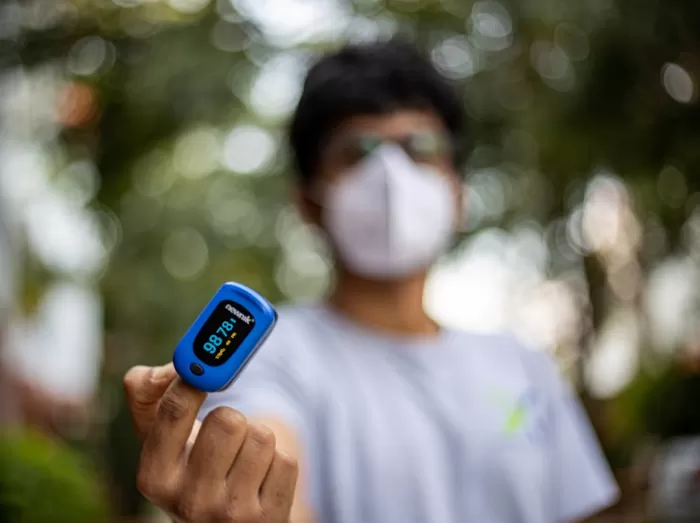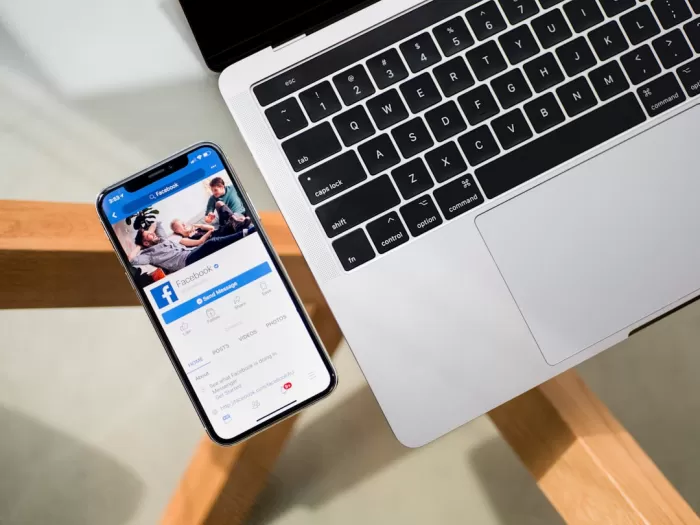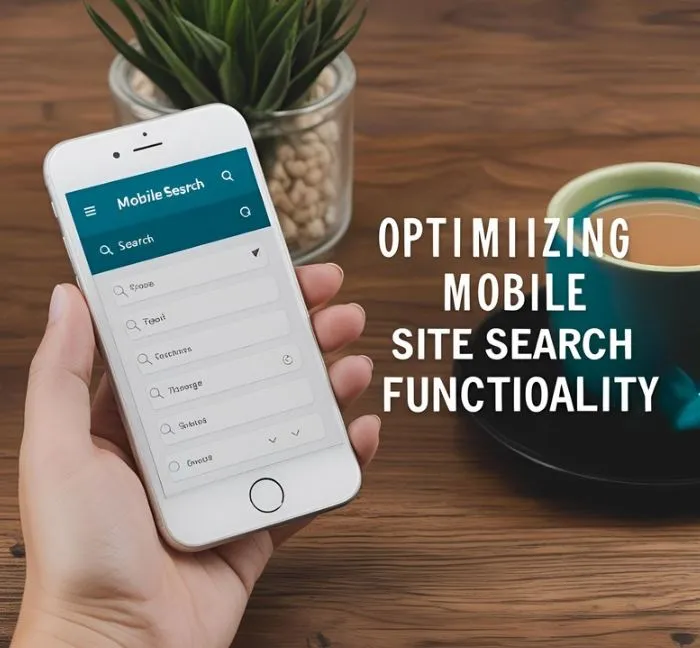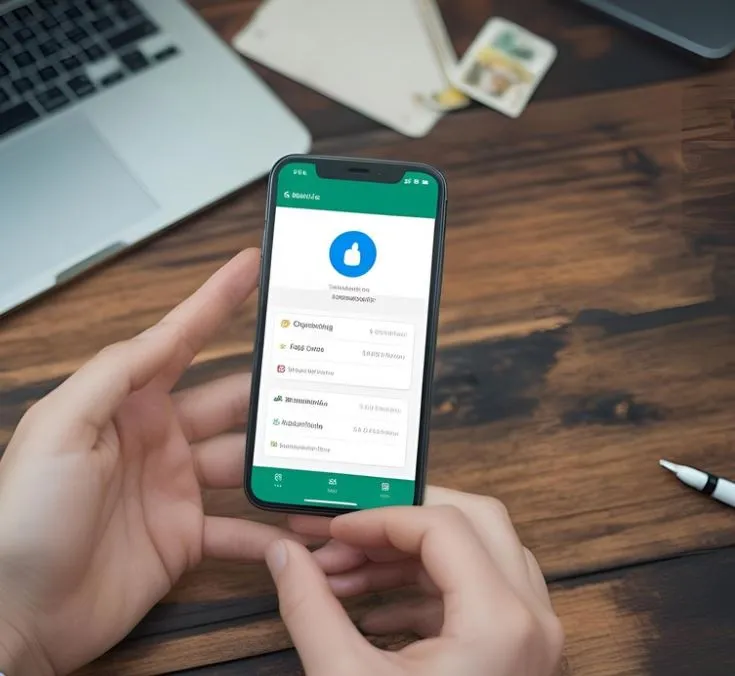
Setting up Pulse Secure VPN on your iPad
Step 1: Download the Pulse Secure VPN app
Go to the App Store on your iPad and search for "Pulse Secure". Download and install the app on your device.
Step 2: Open the Pulse Secure VPN app
Once the app is installed, open it on your iPad. You will be prompted to enter your VPN server details.
Step 3: Enter VPN server details
Enter the server URL or IP address provided by your IT administrator. You may also need to enter your username and password.
Step 4: Connect to the VPN
After entering the server details, tap on the "Connect" button to establish a connection to the VPN server.
Step 5: Accessing resources
Once connected, you will be able to access resources on your company's network securely from your iPad.
Connecting to a VPN server

Step 1: Open your VPN software on your device.
Step 2: Choose a server location to connect to (e.g., United States, United Kingdom, Japan).
Step 3: Click on the "Connect" button to establish a connection to the VPN server.
Step 4: Wait for the connection to be established. This may take a few seconds to a minute.
Step 5: Once connected, your device's IP address will be masked, and your internet traffic will be encrypted.
Step 6: You are now connected to the VPN server and can browse the internet securely and anonymously.
Configuring VPN settings

Configuring VPN settings
If you want to set up a VPN on your device, follow these steps:
- Step 1: Go to your device's settings.
- Step 2: Look for the "Network" or "Connections" option.
- Step 3: Select "VPN" from the list of connection types.
- Step 4: Click on "Add VPN" or the "+" sign.
- Step 5: Enter the VPN details provided by your VPN service provider.
- Step 6: Save your settings and connect to the VPN.
For example, if you are using a VPN service like ExpressVPN, you would need to enter the server address, your username, and password in the VPN settings.
Understanding VPN security features

VPN Security Features:
- Encryption: VPNs use encryption to secure your internet connection. For example, AES-256 encryption is commonly used to protect data.
- Tunneling: VPNs create a secure tunnel between your device and the internet. This prevents outside entities from intercepting your data.
- Authentication: VPNs use authentication methods like passwords or certificates to verify user identities. This ensures only authorized users can access the VPN.
- Protocols: VPNs use different protocols such as OpenVPN, L2TP/IPsec, or IKEv2 to establish secure connections. Each protocol has its own strengths and weaknesses.
Troubleshooting common VPN issues

1. Check your internet connection
Make sure you are connected to the internet before trying to connect to the VPN. You can test this by opening a web browser and visiting a website.
2. Verify your login credentials
Ensure that you are entering the correct username and password for the VPN connection. Check for any typos or case sensitivity.
3. Restart the VPN client
If you are experiencing issues, try closing the VPN client and reopening it. Sometimes a simple restart can resolve connection problems.
4. Switch to a different server
Try connecting to a different server location provided by your VPN service. Sometimes certain servers may be experiencing issues.
5. Update the VPN client
Make sure you are using the latest version of the VPN client software. Updates often include bug fixes and security patches that can improve connectivity.
6. Contact your VPN provider
If you have tried the above steps and are still experiencing issues, reach out to your VPN provider's customer support for further assistance.
Best practices for using Pulse Secure VPN

Connectivity
When connecting to the Pulse Secure VPN, make sure you have a stable internet connection. Avoid using public Wi-Fi networks to prevent security risks.
Authentication
Always use multi-factor authentication when logging into the VPN. This adds an extra layer of security by requiring more than just a password.
Access Control
Ensure that you only access the resources and files that are necessary for your work. Avoid downloading sensitive information onto personal devices.
Updates
Regularly update your Pulse Secure client to the latest version to ensure that you have the latest security patches and features.
Logging Out
Remember to log out of the VPN when you are done with your work to prevent unauthorized access to company resources.











